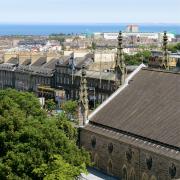
DAVID HILL CONSIDERS FORTH STREET AND BROUGHTON PLACE
Lightness and possibility inform the morning air as I head past the metropolitan cathedral towards Broughton. The limpid weekend sky seems charmed by April’s delicate breeze, and the few distant clouds, lurking to the north like languid spectres, hold no fear.
This early azure feels like a promise, or perhaps a screen on which to project the day’s al fresco fantasies.
How often, though, they remain just that – fantasies. Our affections for this attractive, dirty city are mostly unrequited. Edinburgh is the lover who fails to show up to an arranged tryst, the wrecker of plans. The town that takes a rain check.
If only we could find someone else.
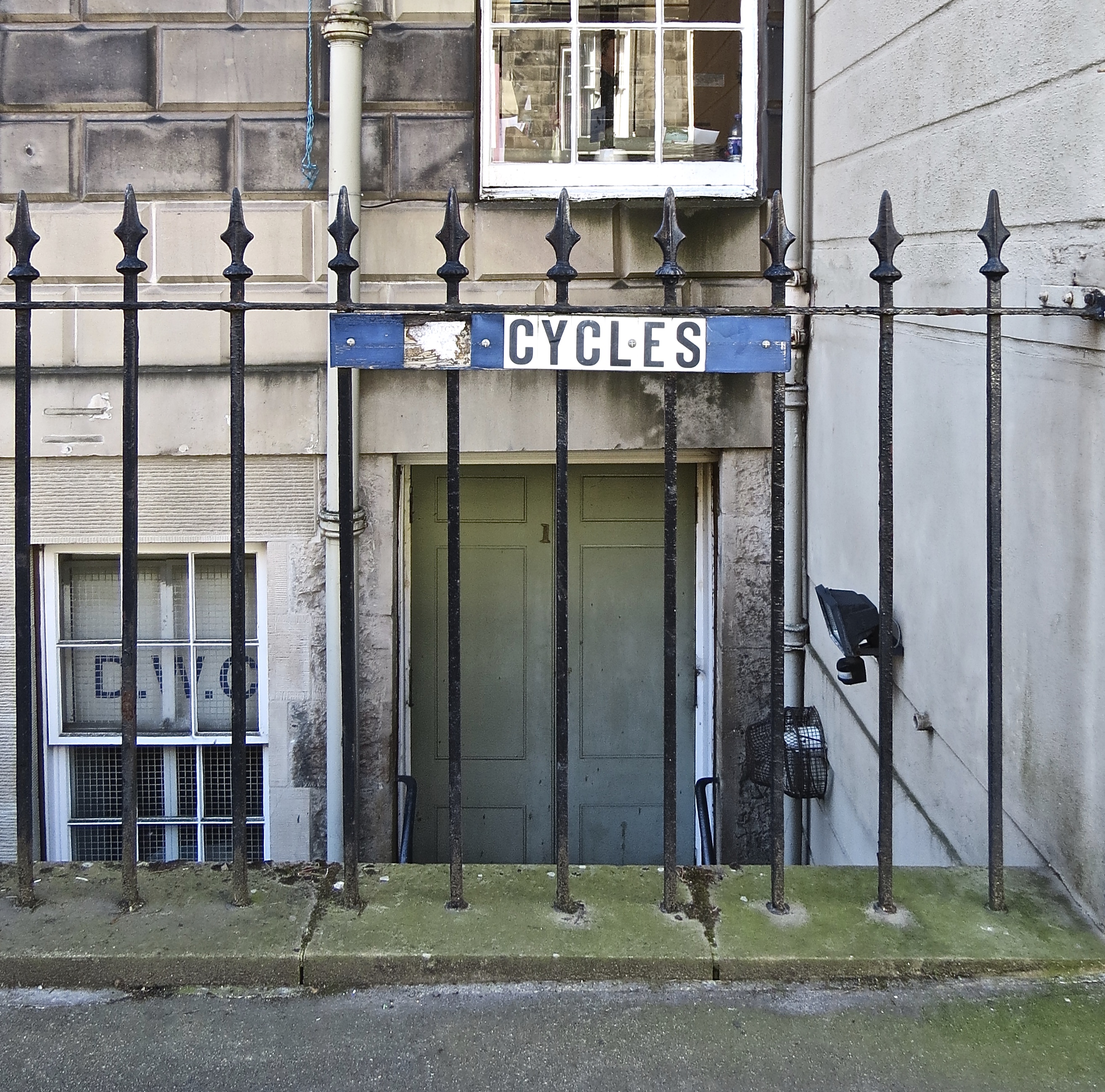
It’s 10:30 on Sunday and, to the staccato bursts of last night’s empties filling recycling bins, I approach Forth Street. To the west, the bells of St Mary’s issue their weekly summons.
The struggle to be heard above the din must increase every passing year, but here at least, the peal is clear and their appeal obvious.
I’m reminded of the Bow Bells and cockneys and wonder whether, in a similar manner, a true ‘local’ was ever one born within earshot of the angels of the Broughton morning.
Perhaps not, but their sonorous call informs a sense of place. They are incantations that bind us to Edinburgh’s past and present.
Forth Street, too, reminds us that questions of place and identity are conversations with, and responses to, both the concrete and the intangible.
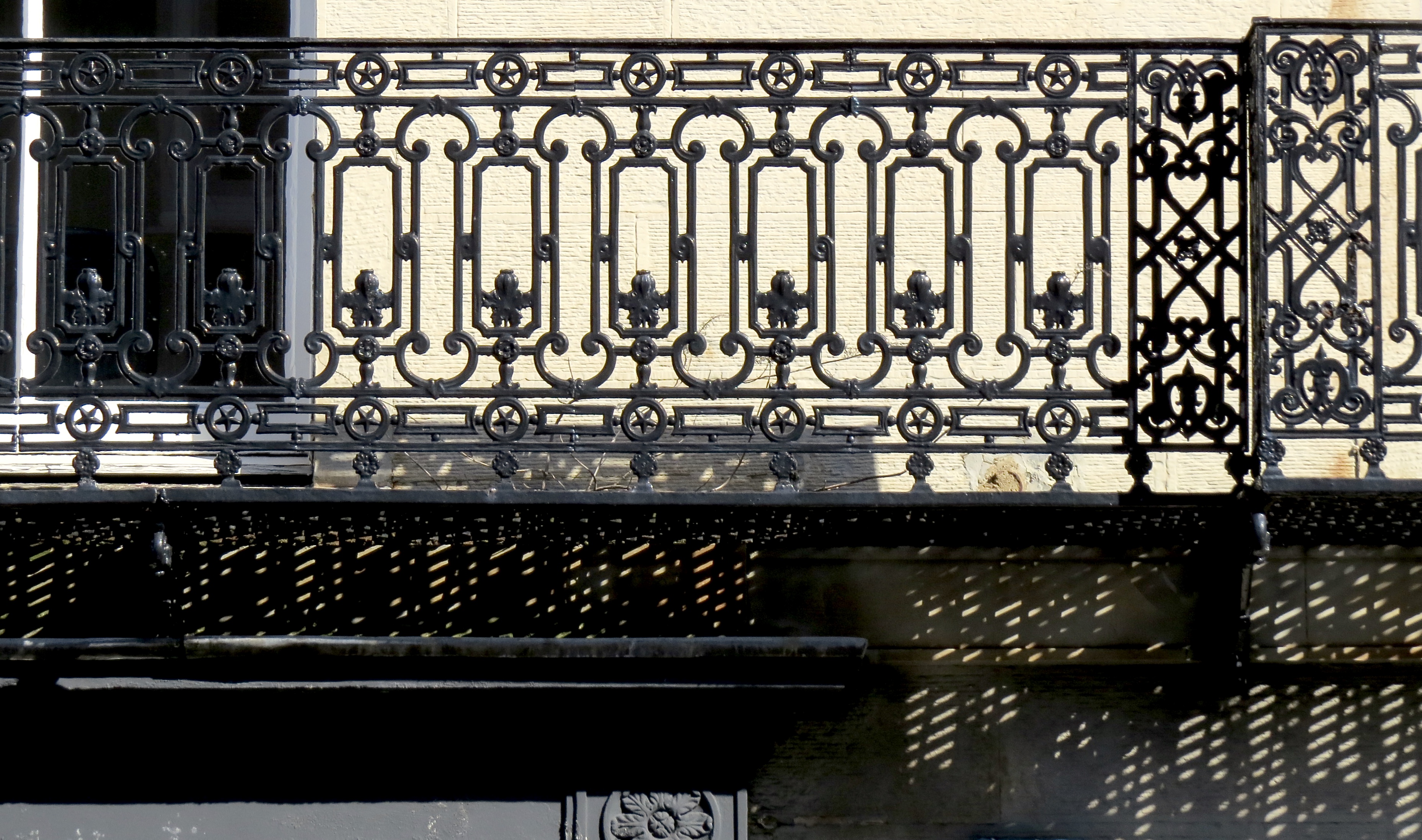
I examine Number 4’s pale lilac face. A plaque here declares this once the site of Hart Street Studios, formerly the Corries’ Pan Audio. Flower of Scotland still seizes local imaginations from time to time.
Walking on, I imagine its emotive tones floating out from these shuttered sitting rooms, over stone setts and across the centuries.
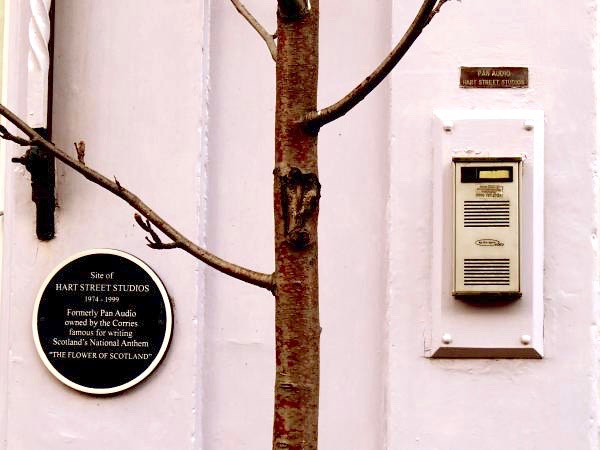
Further along, a pair of wizened gas lamps are tangible links to a Georgian past. One, perhaps desperate to rekindle old glories, or even just be noticed, burns day and night. The other, more obviously war-wounded, maintains a quiet dignity in straitened circumstances.
Making my way to Broughton Place, I’m confronted by an intruder, an angry school bell wafting in from the north-east. This hateful invention, designed to attune children to factory fodder futures, is an unwelcome anachronism.
Happily though, love, too, is writ large here, in big white letters across sash windows. Love is the law, love under will?

In any case, there’s an interesting parallel between the hidden powers of the occult and the intangibles that shape our lives.
From pealing bells to nationalist spells, we’re more shaped by magical thinking than we’d like to think.
I reach the end of the street, and Archibald Elliot’s Broughton Place Church. If some thoroughfares segue seamlessly into neighbours, boundaries no more than semi-colons in the city narrative, Broughton Place’s eastern limit is a confident full stop.
The building has, like many local churches, undergone a change of use. Once a stand-in for the ‘Church of Scotland in Paris’ in Chariots of Fire, the clouds of modernity have now unfolded to reveal an auction house and worship of a different kind.
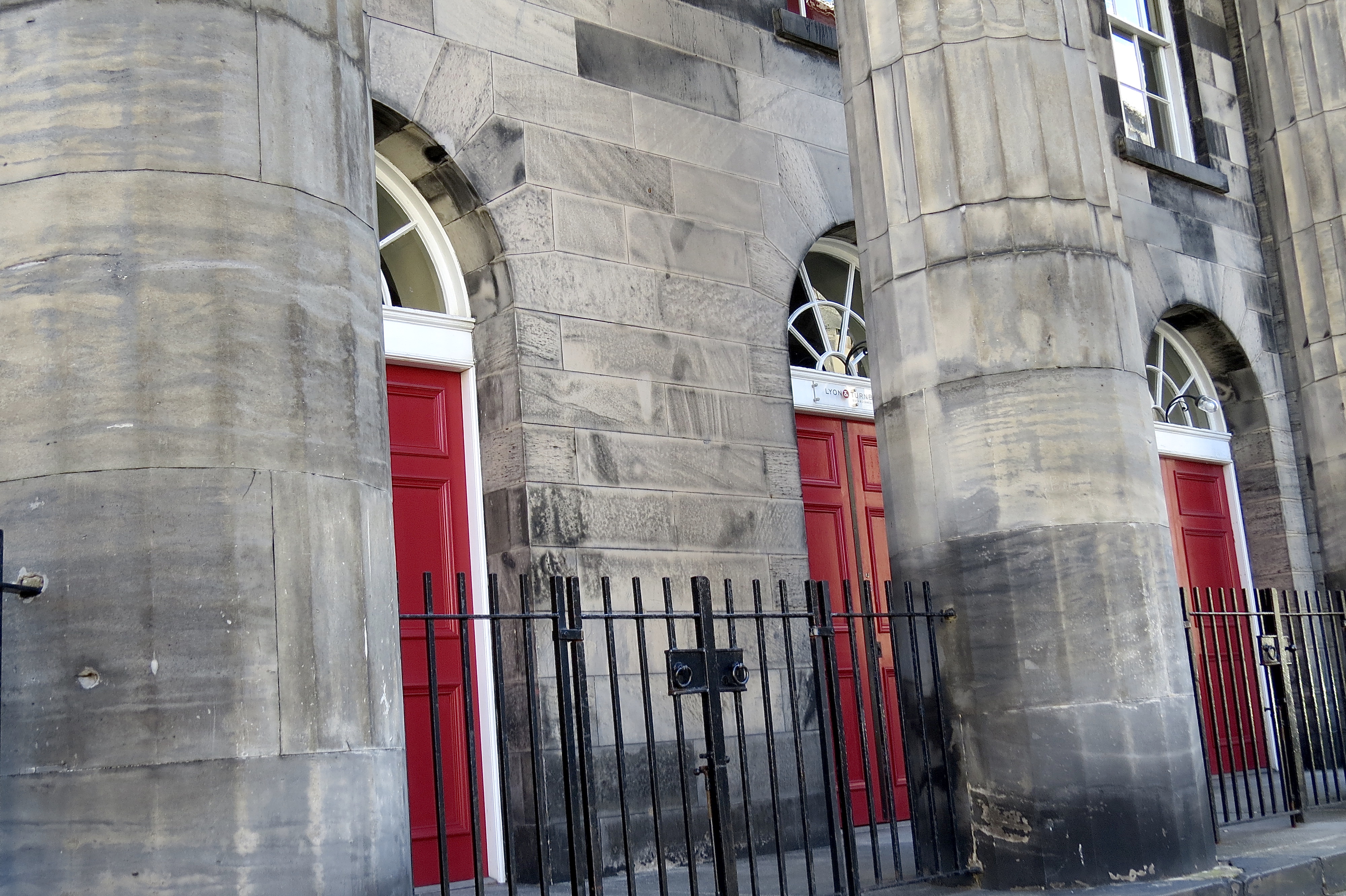
This Greek Revival edifice now reverberates to the finality of the gavel as fine art and other delights change hands behind its Doric portico.
Those pursuing an interest in decorative arts or antique timepieces will find much of interest. Those wishing to contemplate the delights – and terrors – of the human soul may be better off inquiring elsewhere.
Try Boleskine House.
